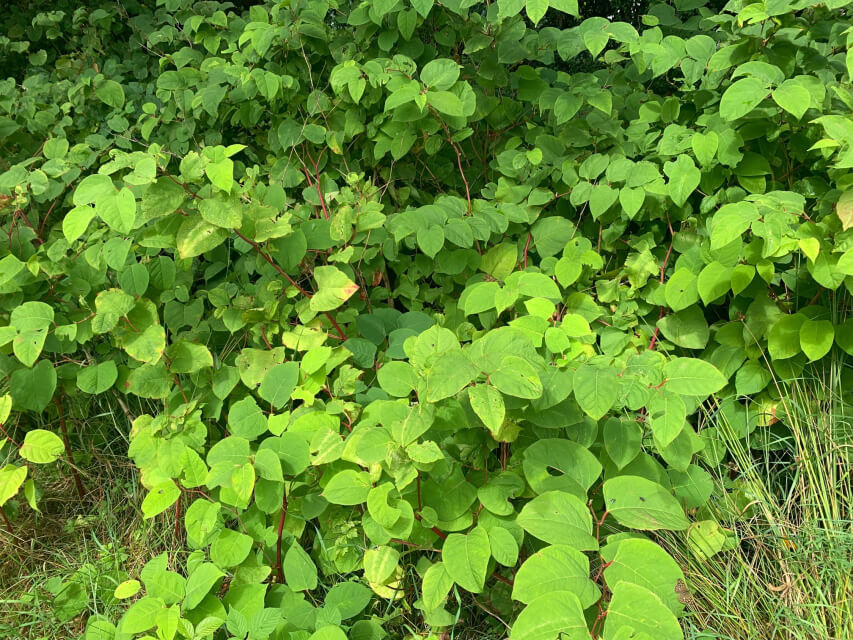
In the fight to control Japanese knotweed, scientists have discovered a new method: Aphalara itadori, a tiny jumping insect from Japan that eats the invasive plant.
According to The Negotiator, at Cabi (formerly Commonwealth Agricultural Bureaux International) say the tiny insect could be a successful, more ‘natural’ control method.
Before now, the only ways to effectively treat or remove the weed have been via chemical or mechanical intervention.
Read more: Japanese Knotweed Control vs Japanese Knotweed Removal
Cabi have been looking into ‘natural’ control methods for Japanese knotweed since 2000, breeding insects in a lab specifically to take on knotweed. The first batch of experimental insects were released in British in 2011 but they struggled to survive the harsh winters.
Then, the Aphalara itadori was discovered in Japan. These insects have been trailed as a “biological control” since 2019 and have since shown great promise in controlling the growth and spread of a more aggressive knotweed variant, Bohemian knotweed. However, the species are yet to effectively target Japanese knotweed.
The senior regional director for Cabi said in an interview with The Times, “I think there’s still the right [insect] out there in Japan that would hit it. We’re not giving up.
“One of the strategies is to collect the ones that have overwintered successfully and interbreed them. We’re only three years into the new release programme so we’re still hopeful.”
While this all sounds very promising, there is still work to be done before we can sit back and rely on tiny jumping insects to keep Japanese knotweed under control for good. Until then, we recommend hiring a Japanese knotweed removal specialist to ensure the plant is properly destroyed, so your land and home are no longer at risk. Arrange your FREE Japanese knotweed survey at the link below.
FREE Knotweed Survey
